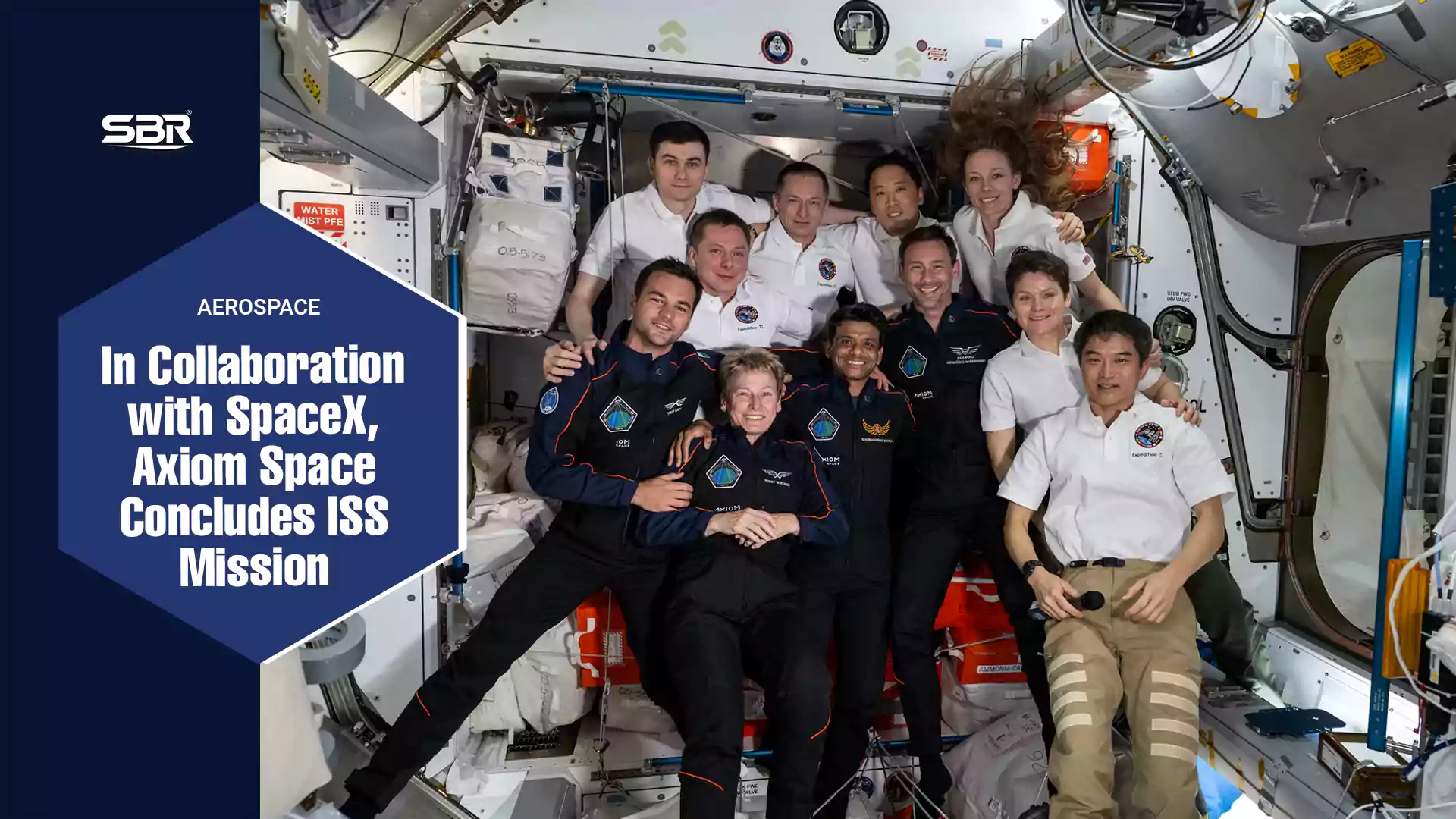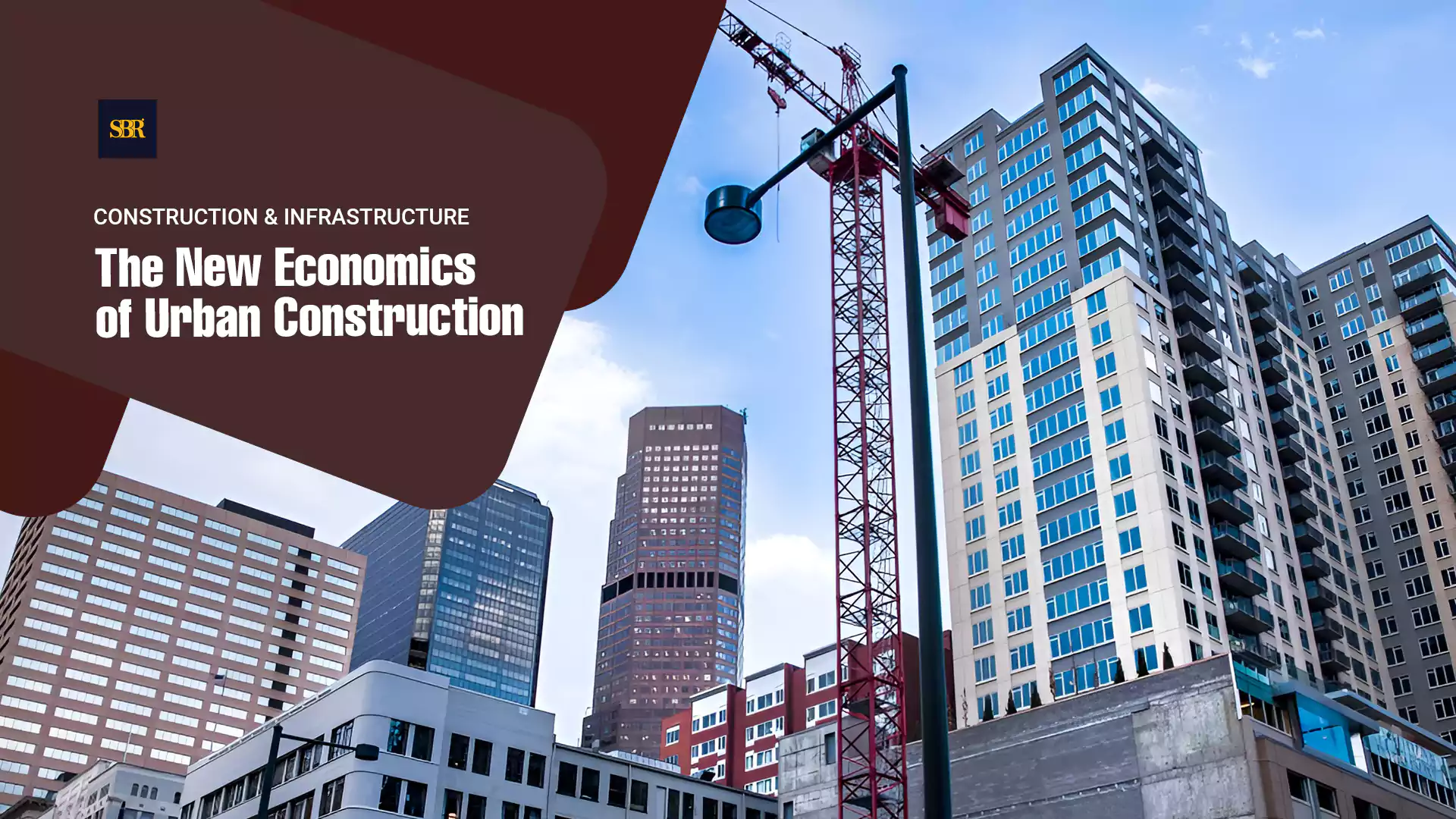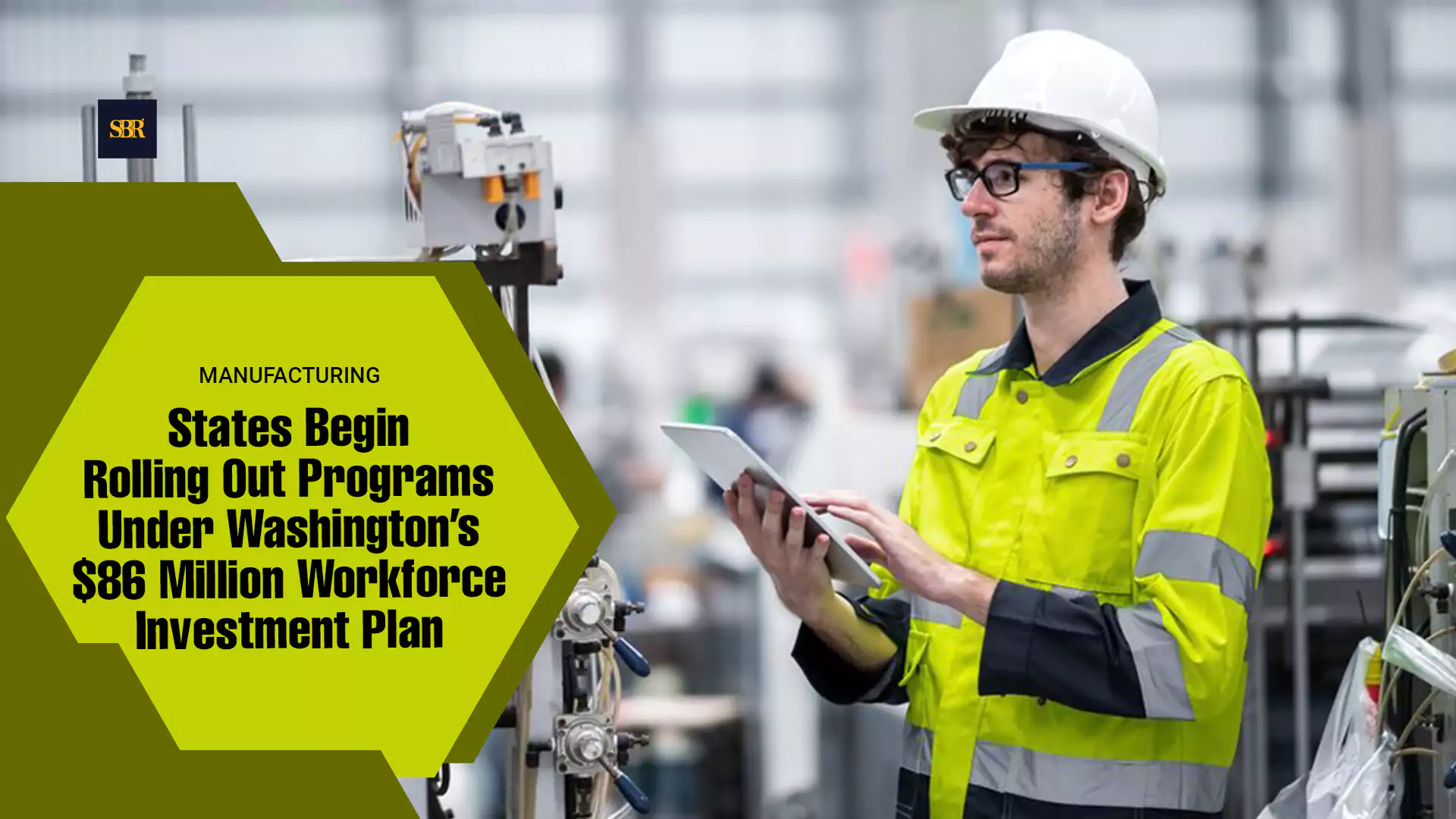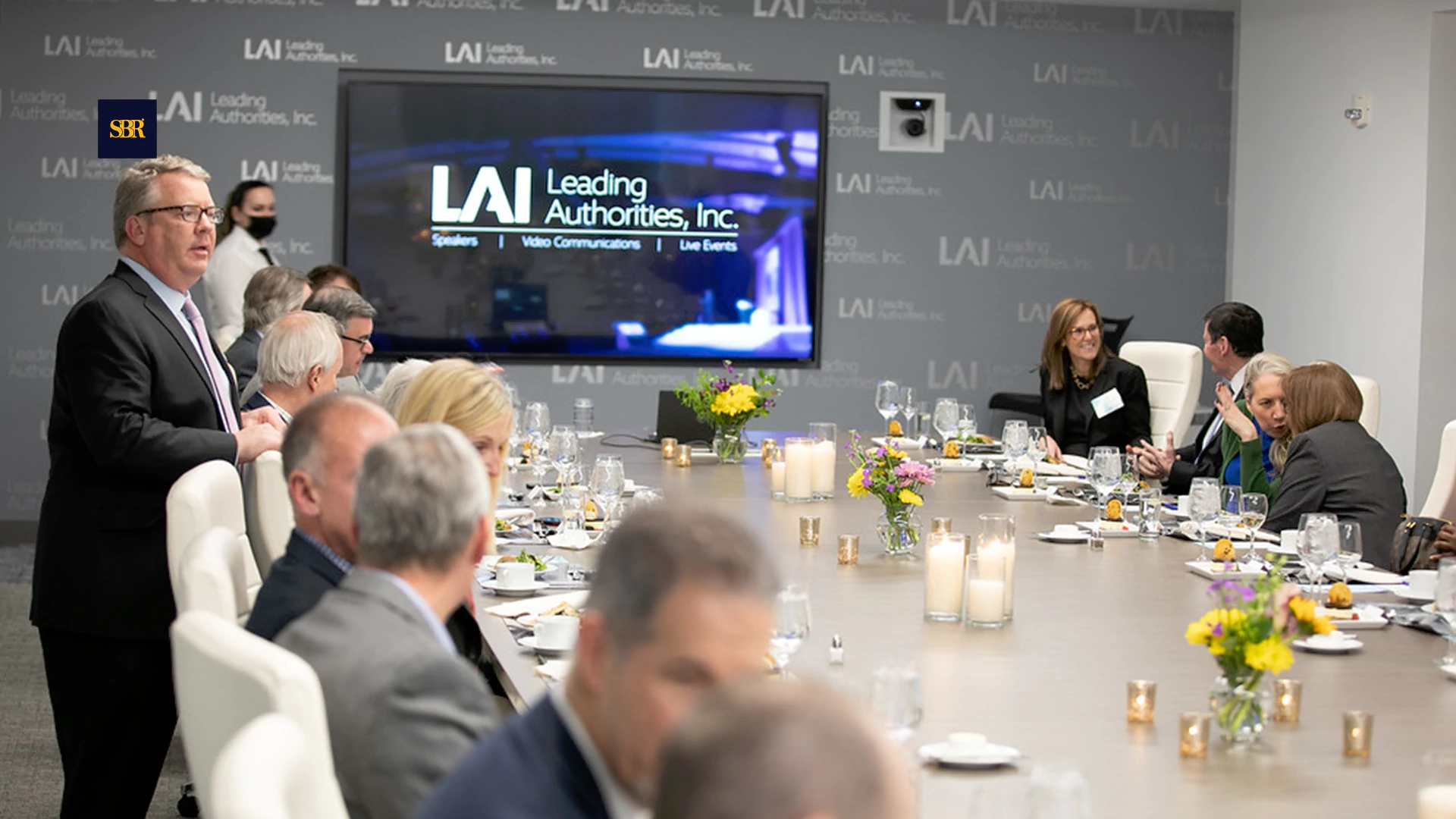CINCINNATI, Ohio, April 23, 2025 — GE Aerospace CEO Larry Culp has called on the U.S. government to revive the zero-duty framework established by the 1979 Agreement on Trade in Civil Aircraft, highlighting its role in sustaining the U.S. aerospace sector’s $75 billion annual trade surplus. In a conversation with President Donald Trump and in a subsequent interview with Reuters on Tuesday, Culp emphasized that the administration had “understood” the company’s position.
“I have argued that it was good and would be good for the country,” Culp told Reuters, referencing the long-standing duty-free arrangement that has benefited American aerospace exports for decades. The current trade tensions, however, have disrupted this equilibrium, reviving tariff barriers and upending global aircraft deliveries.
The Trump administration’s protectionist stance, as part of its broader trade war strategy, has introduced the most significant instability the aerospace industry has faced since the COVID-19 pandemic. Some of GE Aerospace’s customers are now unable to reliably forecast demand or delivery timelines. The uncertainty has also cast doubt over operations at key suppliers.
Howmet Aerospace, a critical GE supplier based in Pittsburgh, has indicated it may suspend shipments if tariff impacts worsen. However, Culp confirmed that deliveries remain intact. “That ramp has gone very well so far here in 2025,” he said, referring to Howmet’s development of the new high-pressure turbine blade for the Leap 1A engine, jointly built by GE and France’s Safran SA.
Despite progress with suppliers, GE Aerospace continues to battle broader supply chain constraints, contributing to a decline in engine deliveries over the past year. Airbus, one of its major clients, recently flagged CFM—a GE-Safran joint venture—for being “significantly behind the curve” in delivering engines.
Culp acknowledged the delivery lags but affirmed GE’s coordination with Airbus remains strong. He also underscored that the newly imposed tariffs have introduced additional risks into the supply chain.
Tariffs Threaten Margins, Spark Defensive Measures
According to internal estimates, tariffs could cost GE Aerospace more than $500 million this year. In response, the company is maximizing the use of foreign trade zones, reclaiming duties through drawback programs, and enforcing tariff surcharges to shield its margins. It has also implemented internal cost controls to weather the impact.
The aerospace sector at large is showing signs of strain. Last week, China reportedly advised its domestic airlines to cancel Boeing aircraft orders amid escalating U.S.-China trade tensions, adding fuel to the uncertainty plaguing the global aviation market.
Meanwhile, faltering travel demand has led to softer spending, prompting concerns that airlines may defer or cancel engine orders. Nevertheless, Culp appeared unfazed. “There are plenty of other people who will step up in line and take their place,” he remarked, expressing confidence in market resilience.
Culp’s renewed push for tariff-free trade is not merely a call for policy reversal—it is a plea for industrial stability. With supply chains under pressure, customer forecasts in flux, and geopolitical risks escalating, the aerospace sector is at an inflection point.
Reinstating the 1979 duty-free regime could help anchor the industry against further disruption, allowing U.S. manufacturers like GE Aerospace to maintain their global leadership while navigating an increasingly fractured trade environment.
The Trump administration’s protectionist stance, as part of its broader trade war strategy, has introduced the most significant instability the aerospace industry has faced since the COVID-19 pandemic.















